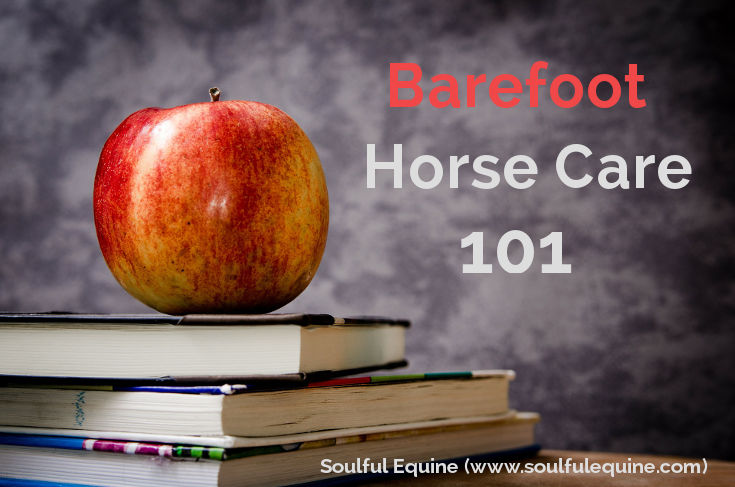
The hoof is the most important part of your equine companion’s anatomy because without a healthy, strong hoof, she’s less likely to survive. This is why it’s important to understand how to care for your equine partner properly – so you can decrease, if not eliminate, most common equine lameness issues.
It’s common knowledge that a horse usually wears shoes, but it’s not so common knowledge that any equine can go barefoot.
There is an exception to that statement because there are some situations where barefoot may not be the best choice. The barefoot concept is best for every equine but it’s not best for every human who wants to choose the shoe-less route for their equine partner.
When you decide to pull the shoes, it’s not only about taking the shoes off and doing a simple flat pasture trim. How long the horse was in shoes, and how much damage the shoes caused, will determine your equine partners rehabilitation time.
It’s a known fact that shoes cause damage to the hoof and over time can cause equine lameness.
There are many horse care concepts necessary to maintain a sound, barefoot, equine companion – environment, movement, diet, proper natural trim … but many people are confused about these important concepts. Additionally, key guiding principles of natural horse care are usually not understood, resulting in frustration and confusion.
Barefoot is Best for Decreased Equine Lameness
Here are 7 tutorials that will help you understand barefoot concepts, so you can decrease equine lameness. They also touch on key reasons why someone should consider barefoot for their equine companion.
- Why Bare is Best
- 7 Guaranteed Ways to Give Natural Hoof Care a Bad Name
- Why Metal Shoes are Dangerous
- What’s Your Excuse for Not Taking Your Equine Partner Barefoot?
- Is Pulling the Shoes a Smart Money Saving Strategy?
- 7 Warning Signs That Your Horse Keeping Is Inferior
- Why the Barefoot Horse Never Lies
Keep it soulful,
Stephanie Krahl
